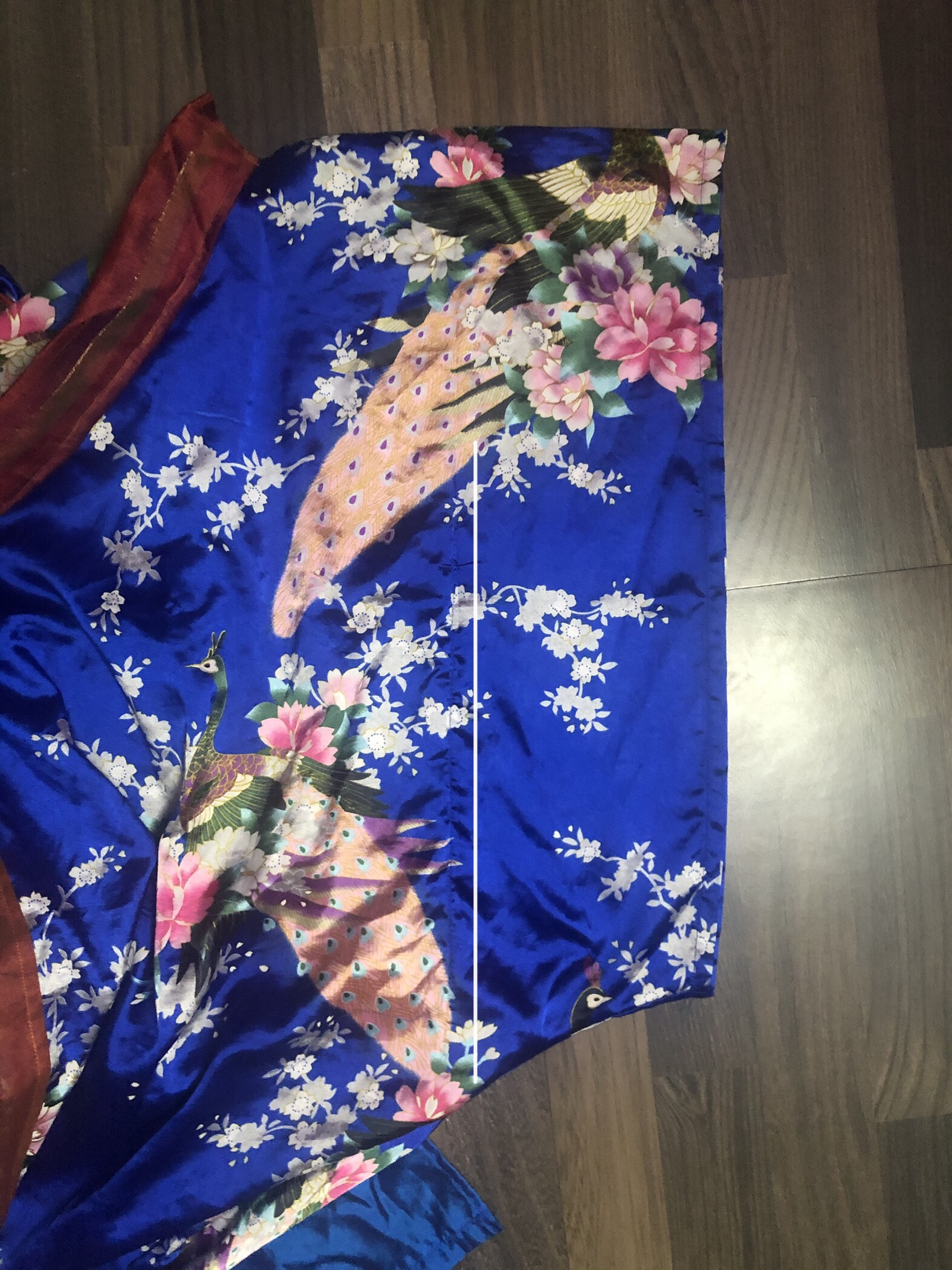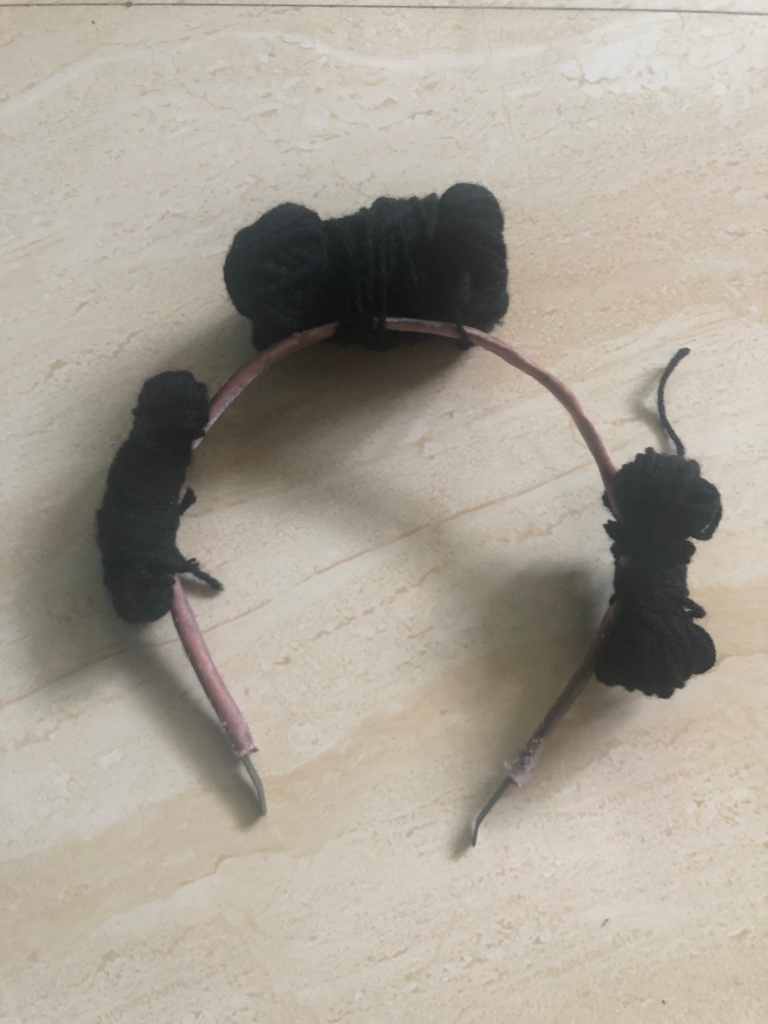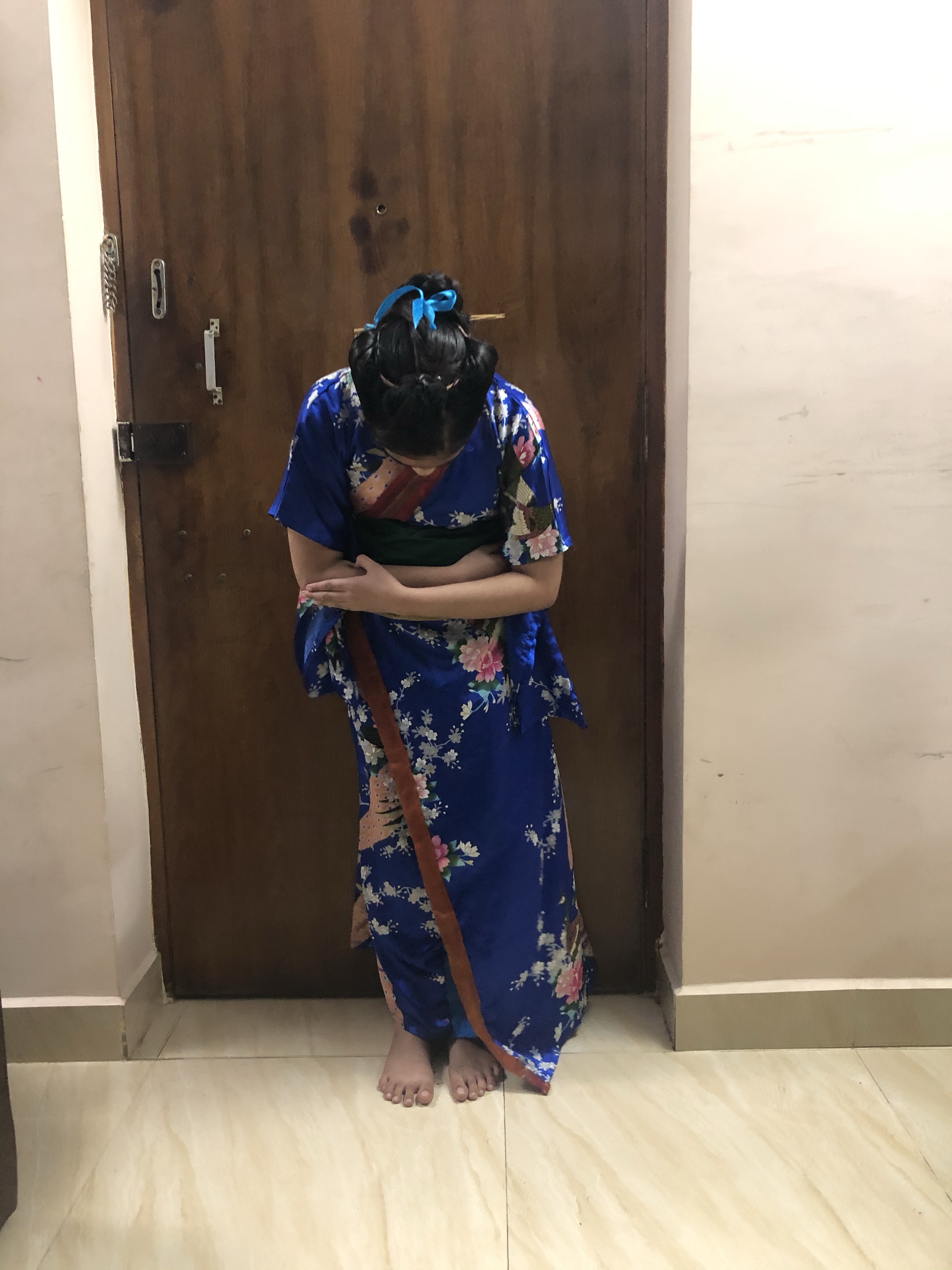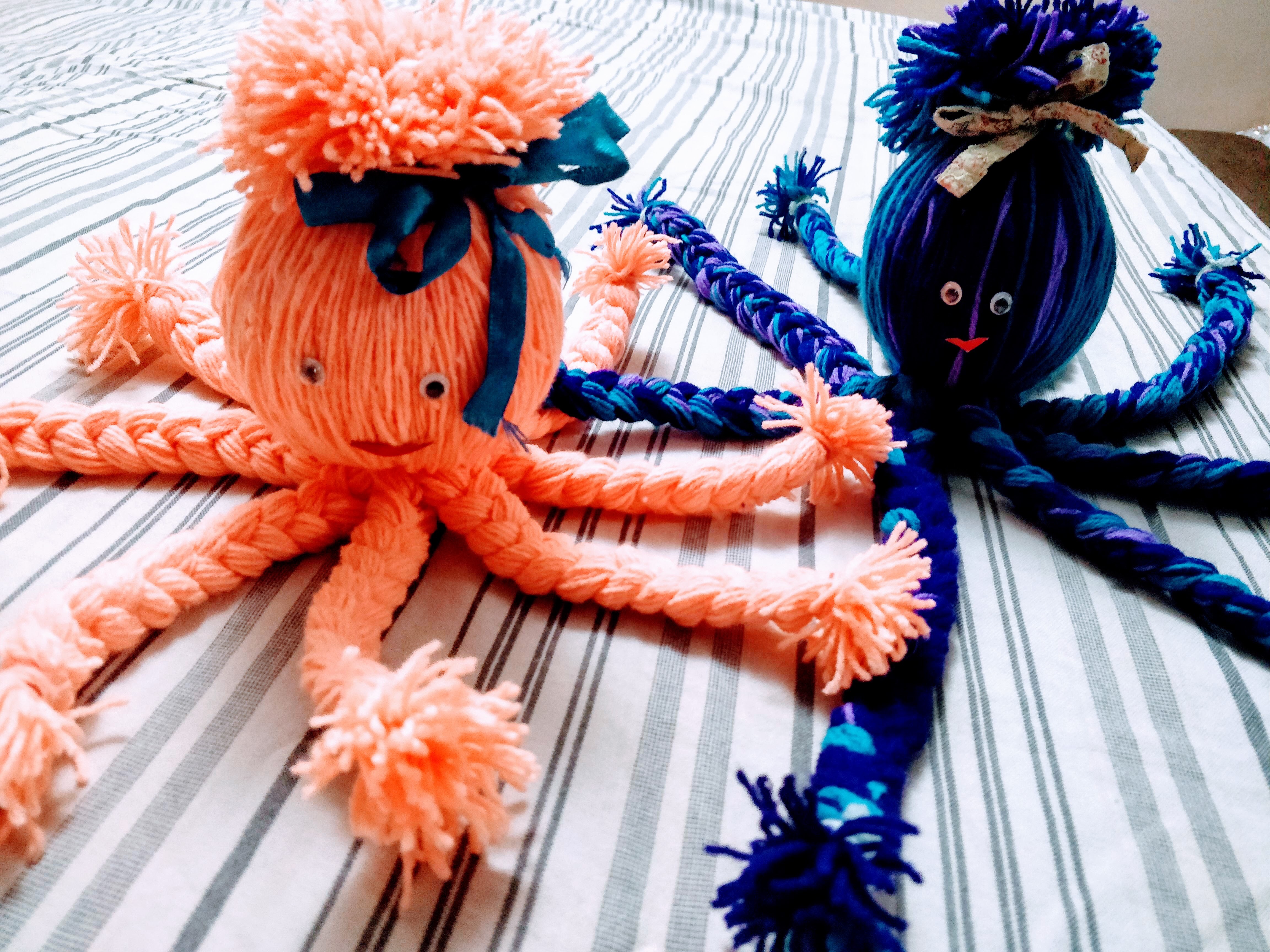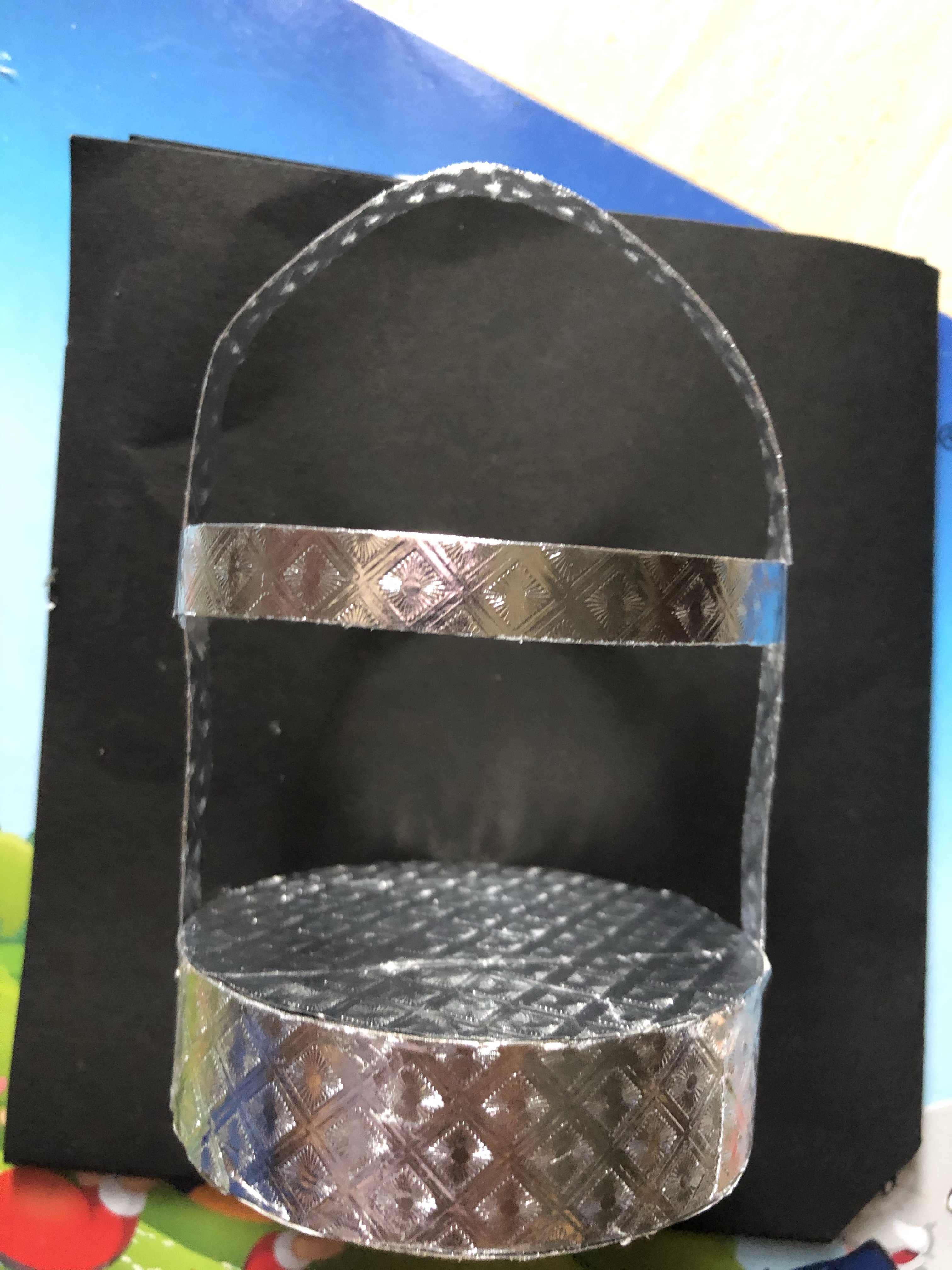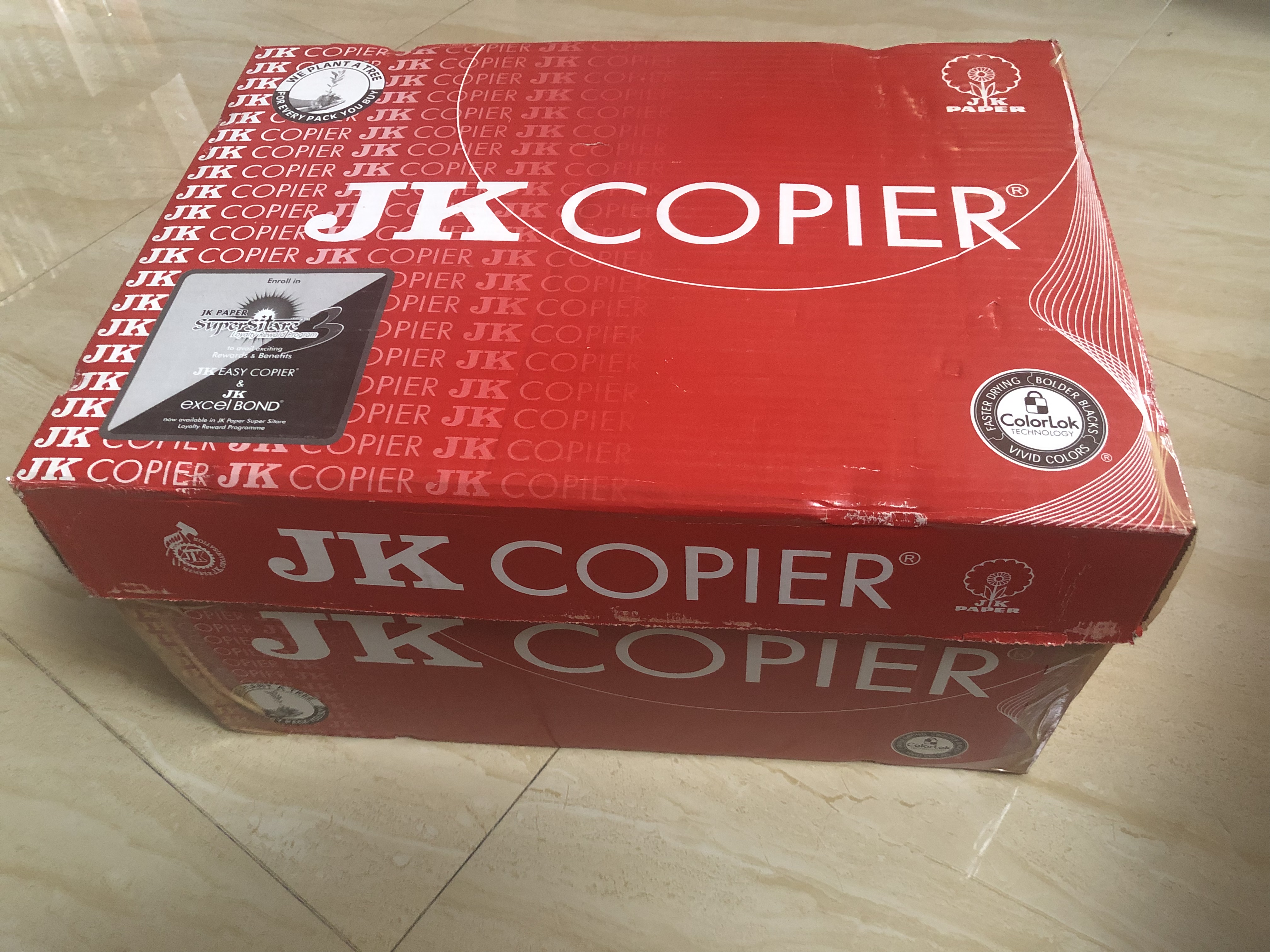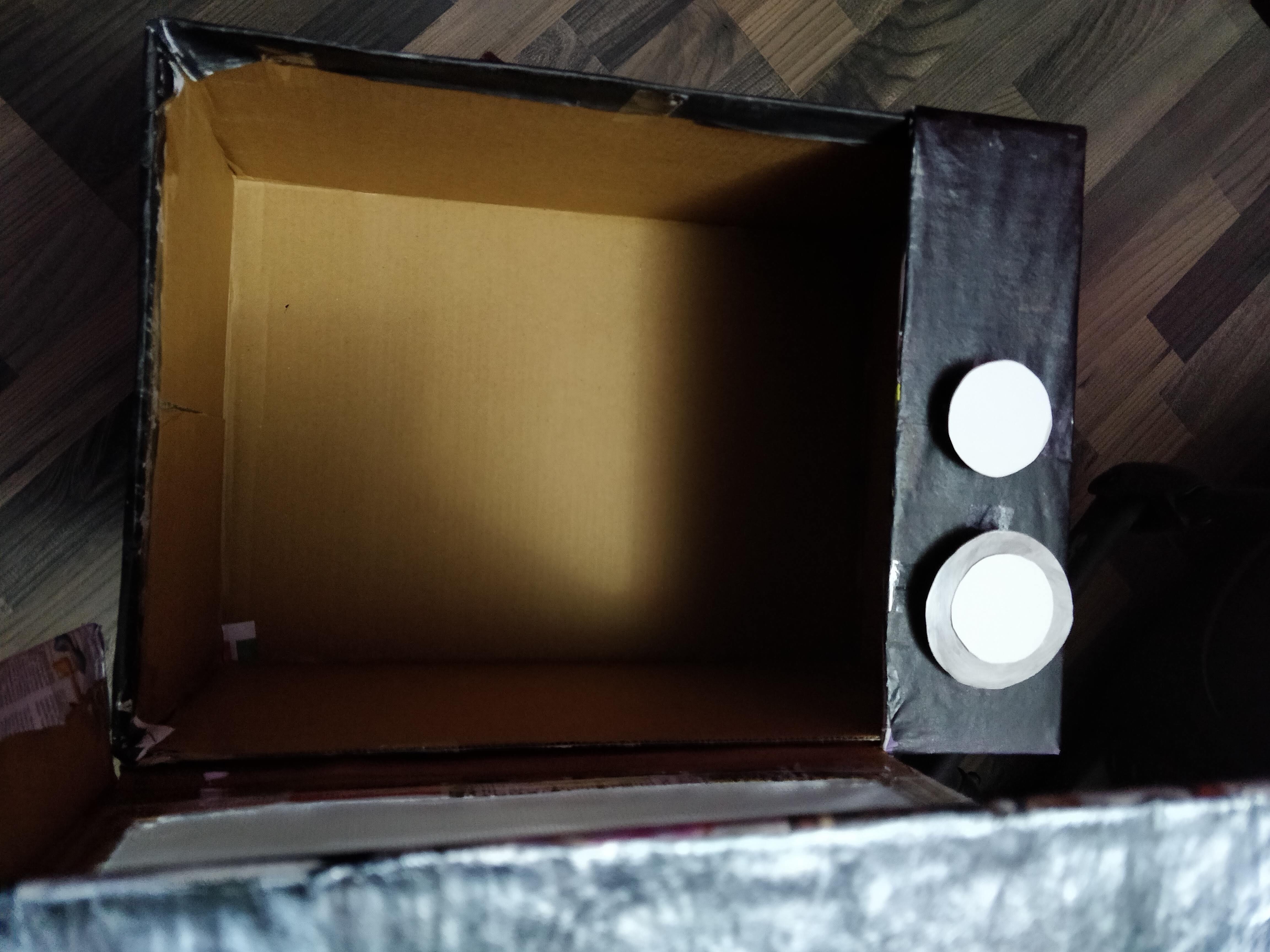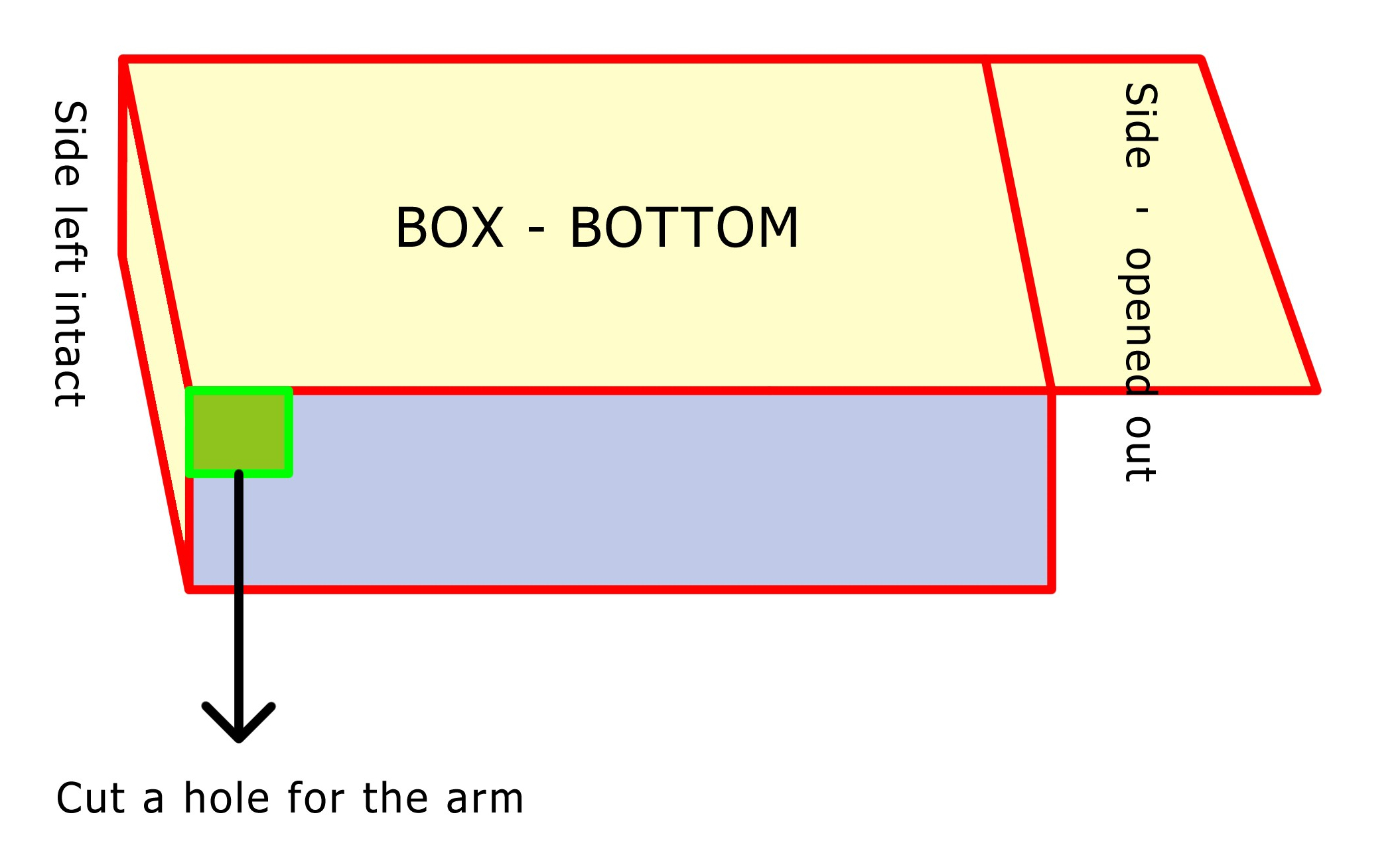Hello again!
It is Navarathri / golu time of the year. This festival gets me support excited every year. Here are a few pics from my last year’s golu



Thanks to the lockdown, we had decided to have a simple display this year. It doesn’t make sense to get someone to unload 7 boxes of dolls plus the steps, arrange them, pack them up at the end of the 10-day display, load the boxes up the loft and dismantle the steps – oh, it is a task for full 8 hours!
My best friend at work had gifted me a set of three pieces – a house and a pair of elephants – all made of coconut Fibre with cardboard backing. We do have a kitchen high table which will be our golu display unit with the house and the elephants being part of a forest hermitage. I did have some grass floor pieces and a few forest animals which would go with these. Artificial flowers bought at Michael’s 8 years back were also displayed this year. But then something eat lacking. A waterfall will breathe more life to the setting, don’t you think?
After looking at many YouTube videos, I took stock of my stationery stash. No hot glue (never bought, so….) anyway so I had to make do with what was there.
Things needed
1. Cardboard – used two pieces – roughly 6 inches by 9 inches for the rocks and 8 ochre by 15 inches for the pond.
2. Blue colour paper
3. Old newspaper
4. Aluminum foil (if you don’t have this, replace it with old newspaper)
5. Acrylic paint – brown (or black mixed with red), silver, green and brush
6. Transparent book cover – double the dimensions for the pond and a small strip (2 inches by 6 inches) for the waterfall
7. Pebbles
8. Plastic fish
9. Glue, tape, scissors
How to :
Crumple the newspapers into balls of different sizes. I used 6 for mine.

Arrange them on the cardboard (smaller size) and secure with tape.

Cover the entire structure with aluminum foil – make sure to press it into the shape of the rocks and secure with tape on the back.

Mix glue with brown paint (or red and black like what I had done) and paint all over the foil.

Let dry. In the meanwhile, take the strip of transparent book cover and add glue to it – top to bottom – don’t make them straight lines; break them up in between if needed and let dry. I used normal glue since I do not have hot glue – it worked pretty good for me.
While both these dry, let’s make the pond. Add the blue paper to the cardboard base. Cover it with transparent book cover (secure with tape at the back). Stick the plastic fishes using glue and cover it with second sheet of transparent book cover.
Add pebbles to the perimeter. I had bought these pebbles from a pet shop which sells aquarium decor and had used it in 2017 golu.
Once the rocks are dry, add a bit of green paint here and there – like moss or small plants.
Once the waterfall strip is dry, using the silver paint, add the froth /bubbles on the strip.
Now, it is done for assembly. Paste the top of the strip to the rocks and the bottom to the pond. Add more silver paint at the bottom of the strip and on the pond where the strip is pasted. I had added a small piece of black chart at the top of the strip in order to get the effect that the waterfall flows a bit outwards.
Add a duck or a swan on the pond and you are done!

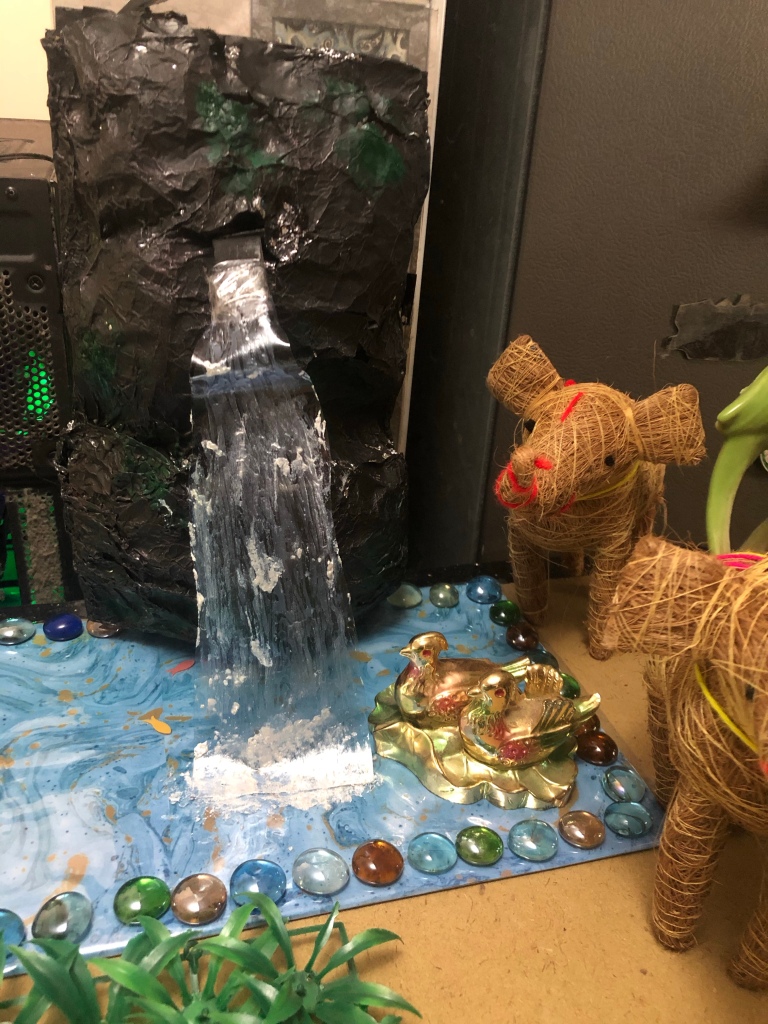



So, what do you think? Does it look ok? Or ew? Comment away! Thanks for reading!!








